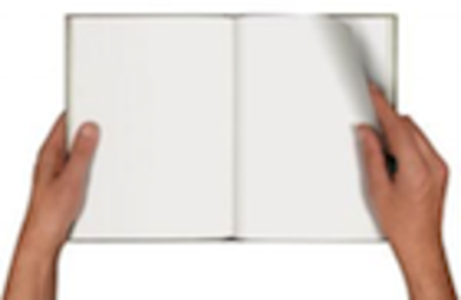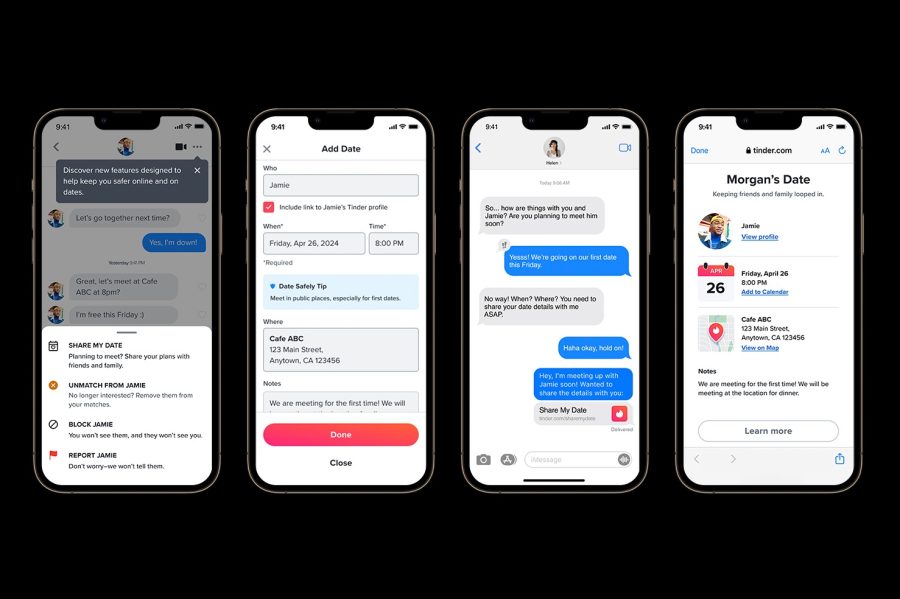In June 2010, Apple released the latest revision of Safari. Included in the release was a fancy little feature called “Reader” which gives users the ability to view Web content separately from the collective clutter of banner advertising, top lists and social bookmarking widgets. The release marked the first time a browser with real market share shipped with native functionality that provided users with the ability to free themselves of that clutter.

What’s important is not who is credited with capitalizing on the idea that clean content is easier to read first, but that more and more people are looking for, and finding ways, to get away from the clutter that adorns the margins of so many sites.
Dan Neumann is a Sr. platforms strategist in Organic’s New York office. He specializes in leveraging emerging digital platforms to advance the business interests of Organic’s clients. Dan has formulated award winning strategies for some of the world’s most recognized brands including: Bank of America, Intel, PUR, Iams/Eukanuba, Philips, Hess, Sony Playstation, Nike Canada, Hilton Worldwide and Equinox Fitness.
As this type of functionality gains traction in the mainstream, publishers, advertisers and ad agencies should be thinking about the sustainability of the impressions-based Web economy that created these problems and how to more effectively reach people who are fed up with display advertising piggybacking on their reading material.
At the core of these hubs is a content strategy that relies on paying publishers to create unique content that will keep members of their community coming back while at the same time serving as a catalyst for conversations (engagement) on their hubs.
Most of the coverage generated from the release of Safari’s Reader didn’t get into the genesis of the idea and simply gave
to Apple. In fact, the quest for less clutter began with
(ABP), an open source browser extension developed by Wladimir Palant that has grown to become the world’s most popular browser extension.
The Firefox version alone has been downloaded more than 83 million times since January 2006. ABP, depending on the user’s configuration, blocks or prevents ad units from loading by checking their host against a list of known ad servers. The end result is a less visually grating page full of blank parallelograms.
Well before the release of Safari, ABP had been joined by a number of products aimed at solving the problem of unreadable content. Two are browser extensions that, like Reader, strip away everything but article content. Instapaper, for example, allows users to save clean format articles for later reading across its Web, mobile and tablet apps. Similarly, Readability enables users to switch to a clean view while on the article page. It is worth noting that Readability is open source and parts of its codebase were used to create Safari’s Reader feature.
Also in the clean content vein are Flipboard and Pulse, two tablet apps that, like Readability and Instapaper, allow users to view content outside cruft ridden containers. Flipboard scrapes publishers’ sites and displays clean content. It also gets around copyright issues by limiting the scraped character count to the same number of characters as the corresponding RSS feed, whereas Pulse delivers clean content by simply defaulting to the actual RSS feed.
Bespoke Solutions
Publishers are getting squeezed and there is no magic bullet that will rid them of their dependence on display advertising. That said, several major publishers are taking steps toward reducing that dependency though creation of digital products like Hearst’s “Sex position of the day” mobile app for Cosmopolitan and Rodale’s partnership with Ubisoft on the XBOX Kinect game “Your Shape: Fitness Evolved” under its Men’s and Women’s Health brands.
Another alternative to display ads being explored by Condé Nast, Reuters and other major publishers is the bespoke campaign. Both have a growing stable of case studies touting the success of custom campaigns they’ve created for well known brands including Sony, Hyundai and Unilever. These campaigns are, for the most part, better integrated with publishers’ content because they deliver an end-user experience that is less likely to leave consumers looking for ways get rid of ads.
Partnering with Publishers
Brands are slowly moving away from models that equate volume of impressions with increased awareness and moving toward engagement-based models that prolong exposure to the brand. Engagement with banners has always been so low that the CPC is no longer taken seriously by publishers or advertisers. Instead of asking consumers to click on banners, brands like Microsoft, Cadillac and American Express are moving to position themselves as arbiters of knowledge and taste within the vertical interest groups they hope to influence. More often than not, this means partnering with publishers by sponsoring the creation and aggregation of content they cannot be seen as objectively producing on their own.
Cadillac’s partnership with Cool Hunting furnished the brand with a sponsored area within the Cool Hunting iPad application that allowed Cadillac to position itself as a curator of high design and luxury items reviewed by the blog’s editors. This was a good, albeit somewhat overt, paring that resulted in a less invasive experience for the target audience.
Microsoft’s Spark of Genius series and American Express’ Idea Hub are two such programs. Both were created to support larger social hubs – BizSpark and OpenForum, respectively – aimed at promoting small business products and services. At the core of these hubs is a content strategy that relies on paying publishers to create unique content that will keep members of their community coming back while at the same time serving as a catalyst for conversations (engagement) on their hubs. These content partnerships provide an alternative revenue stream for publishers, and while they likely aren’t seen as a replacement for display advertising today, they may well become a more important part of content monetization as advertisers move away from total reliance on banners.
In contrast to broadcast media where advertising must conform to rigid standards – think 15 and 30 second TV spots – the more malleable nature of online media means that development of custom solutions for online advertisers is a viable option. Taken together, these approaches may never scale to provide revenue comparable to what ad networks do today, but it’s clear that the banner is on its way out. For big publishers to survive, they need to come up with some paradigm altering ideas that allow them to wean themselves off of display and present their content in reader-friendly containers.
Photo by brokenarts










